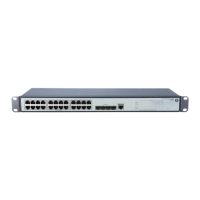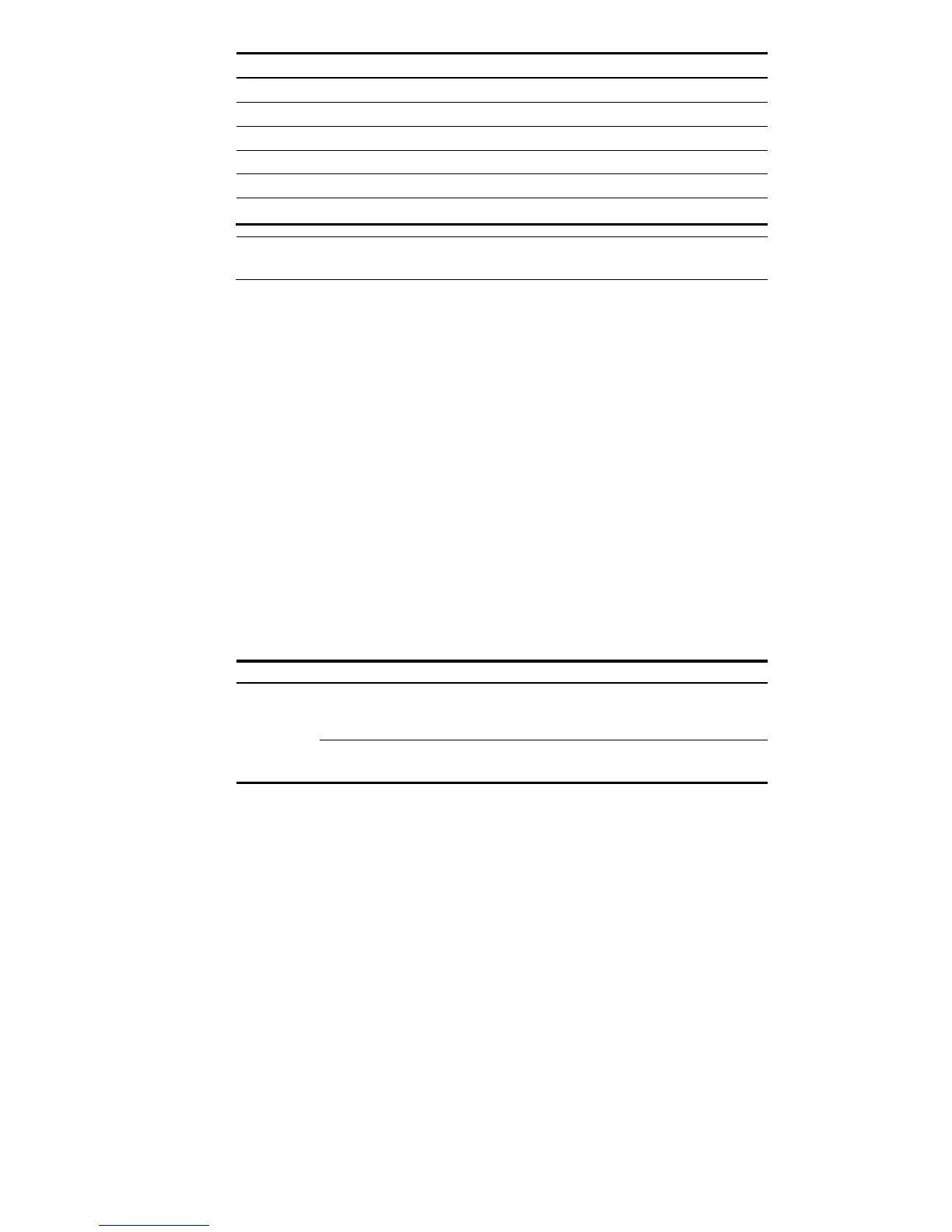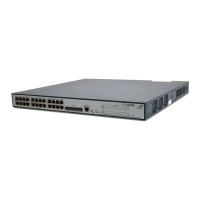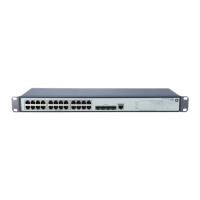423
Input DSCP value Local precedence (Queue) CoS
16 to 23 2 2
24 to 31 3 3
32 to 39 4 4
40 to 47 5 5
48 to 55 6 6
56 to 63 7 7
NOTE:
In the default DSCP to DSCP mapping table, an input value yields a target value equal to it.
QoS configuration
Configuration task lists
Configuring a QoS policy
A QoS policy defines the shaping, policing, or other QoS actions to take on different classes of traffic.
It is a set of class-behavior associations.
A class is a set of match criteria for identifying traffic, and it uses the AND or OR operator:
If the operator is AND, a packet must match all the criteria to match the class.
If the operator is OR, a packet matches the class if it matches any of the criteria in the class.
A traffic behavior defines a set of QoS actions to take on packets, such as priority marking and redirect.
By associating a traffic behavior with a class in a QoS policy, you apply the specific set of QoS actions
to the class of traffic. You can apply a QoS policy to a port to regulate the incoming traffic of the port.
A QoS policy can be applied to multiple ports. Only one policy can be applied in inbound direction of
a port.
Perform the tasks in Table 158 to configure a QoS policy:
Table 158 QoS policy configuration task list
Task Remarks
Configure a
class
Creating a class
Required
Create a class and specify the operator for
the match criteria in the class.
Configuring match criteria
Required
Configure match criteria for the class.

